BEST BASS LURES | 5. TOPWATER BAITS
This is my go-to bait when all else fails and the conditions are right. There is nothing more exciting than topwater fishing for Largemouth Bass! This type of bait is designed to float and does not depend on the angler reeling it quickly back to stay on the surface like buzzbaits or spoons. Some of the great topwater baits are Zara Spooks, Snag Proof Frog, Hula Popper, Jitter Bug, Crazy Crawler, Devils Horse, and Might Mo, to name a few.
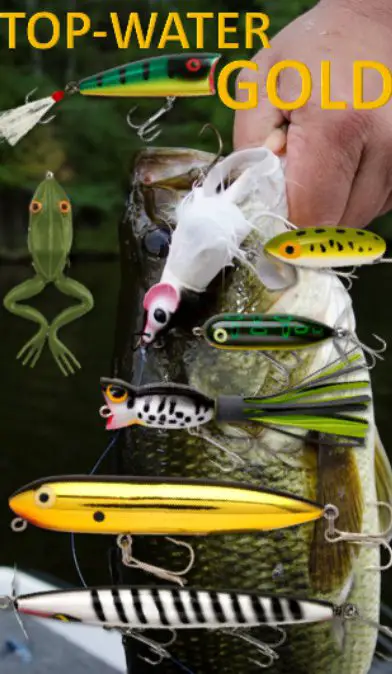
They come in a variety of sizes, shapes, colours, and actions. Probably the most popular—and arguably most productive—is the Pop-R. Its most characteristic feature is the bait’s concave mouth, which is designed to catch and push water away as you twitch it back towards you, causing a distinctive gurgling sound. This generally drives bass wild and solicits crazy strikes.
In the video below, Angelo explains the Pop-R—one of his favourite bass lures—to grandson Nik, demonstrating it’s unique action. Then, a flashback to 2008 shows a glimpse of some of Angelo’s most exciting Pop-R action.
Topwater strikes, for the most part, are incredibly difficult to convert to an actual hook-up because the natural reaction from most anglers is to set the hook immediately when you see the boil or splash. I hate to repeat myself over and over on this point, but the initial Largemouth Bass surface strike is usually intended to disorient or stun the prey, not engulf it. So wait a few seconds before setting the hook. Either count to five or wait until you feel the tug.
Time is not of the essence when retrieving topwater baits. Make your cast, then stop.
Step 1: Count to your favourite number between one and ten, then add five, then twitch your rod three or four times so that you tug slightly on your bait, causing it to move towards you in an erratic action. When you’re done that, take up the slack line by reeling two or three turns on your reel and then repeat this step as many times as it takes until your bait is back to your boat. Most of the strikes will come on the stop. The bait movement should always be done by your rod, not your reel.
BEST BASS LURES | 6. JIGS
The most popular jig for Largemouth Bass is, without question, the Flippin Jig. These jigs have plastic or nylon weed guards (I prefer clear guards) that make them virtually weedless and a living rubber skirt that gives them lifelike action. They are designed primarily to be fished in extremely heavy cover. In some circumstances, however, they are also effective in deep open water. Super strong massive 5/0 hooks give you the hook-setting power to do battle in very tight quarters where all the advantage is with the bass. Undercut banks, heavy brush, thick weed mats, and standing cane are the perfect areas to use these baits.
Black and black/blue are my personal favourite all-around colours. Tip the jig with a trailer of some sort. These are usually an imitation frog or crayfish made from rubber, but pork trailers have been working for years and should not be ruled out by any means.
Not for the Faint of Heart
“Dunking” or “flipping” these jigs is most effective. Use an electric trolling motor to help you approach areas of heavy cover (docks, trees, or slop and mat) or undercut banks. Flip the jig into openings or along edges. Allow it to sink slowly and watch that line! When you detect a strike, hit the fish hard and don’t give the bass an inch. I recommend heavy-action rods of eight feet or more, called flipping sticks. A minimum of seventeen-pound test line is necessary for this technique, although to any serious bass angler, seventeen-pound would be considered ultra-light. With today’s high-quality specialty braid, 30+ pound lines are the norm. This may sound like a bit of overkill, but you’ll wish you had 100-pound line on when your first “hawg” busts your seventeen-pound line like thread. This type of bass fishing is not for the faint of heart— it’s mano a mano.
BEST BASS LURES | 7. THE CRANKBAIT
Crankbaits or plugs are not weedless. But that doesn’t mean that they can’t be fished near or in areas with tight cover. In fact, some of the best crankbait results will come from running the bait into things like submerged trees, sunken logs, rocks and boulders, and emerging weed beds. Casting parallel to drop-offs can also yield some great results.
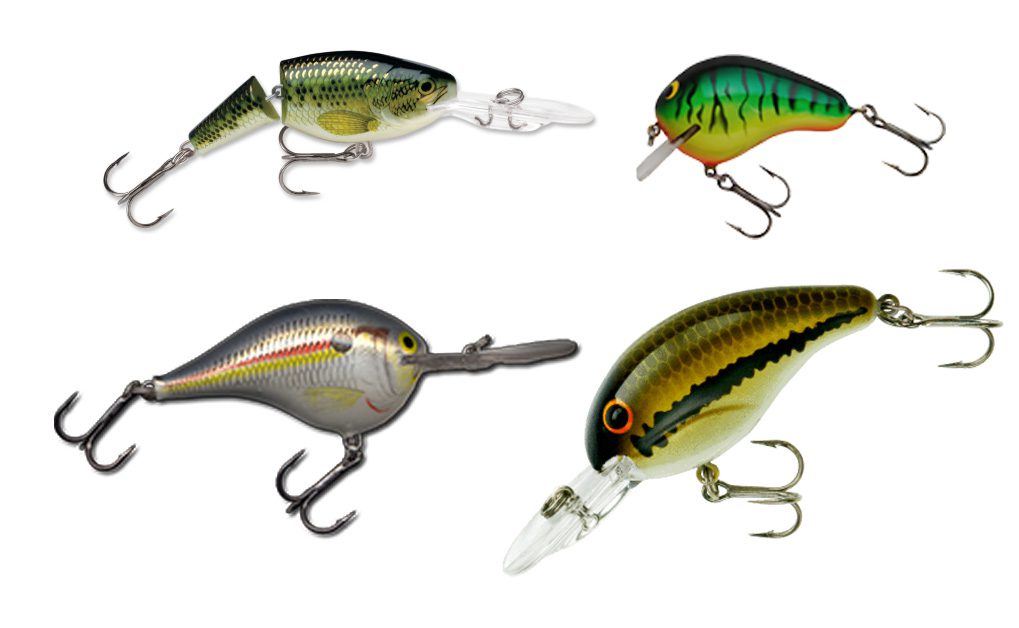
The longer the lip on the crankbait, the deeper it will run. Use the plug that runs down as close to the structure that you intend to fish as possible. Match the colour of your crankbait to the colour of the baitfish in the area. For example, if there are a lot of perch, use a perch pattern. Using a baby-bass pattern crankbait usually works well. Like all fish, our friend LMB tends to be cannibalistic when given the opportunity. Vary your retrieve speed and depths until you connect.
A favourite crankbait of mine is the jointed “Shad Rap” in—you guessed it— “Baby Bass.” Use crankbaits under the right conditions, and you are bound to be successful.
BEST BASS LURES | 8. LIVE BAIT
Although live bait is becoming less and less popular among avid bass anglers, it is still a highly effective way to catch these big bass. The downside to live bait is that it usually doesn’t lend itself well to catch-and-release fishing. The fish generally ends up swallowing the bait completely, making the removal of the hook is difficult at best. I’m not going to encourage it or condemn it for the purposes of this blog; I think under the right circumstances (like introducing kids to fishing, sustenance fishing, elderly, or novice anglers), there is a place for live bait and bass fishing, but not in this blog.
The aggressive nature of these wonderful creatures makes them a great recreational enjoyment and has led them to be one of the most popular gamefish we have in North America. They are often referred to as the money fish because they have both made and cost people a lot of money over the years. Either way, please treat bass with the respect they deserve.
Be BasSmart
Congratulations, you are now officially BasSmart. This three-part series is a basic outline of what you’ll need to learn to truly enjoy the tremendous Largemouth Bass fishery we have available in Canada. Next up will be Bass Fishing 2.0. There, we will reveal in-depth information that will take your Bass fishing to the next level. But first, I would suggest that you study all three parts of this series and take the knowledge out to your favourite bass lake. Start implementing some of this information and see the results for yourself. Be BasSmart, and Enjoy!



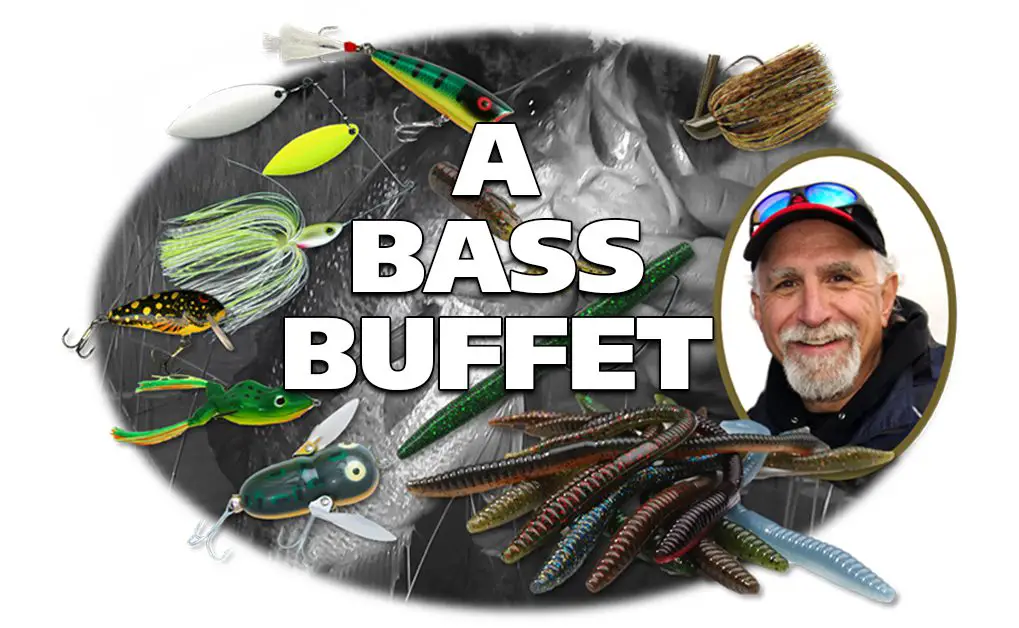
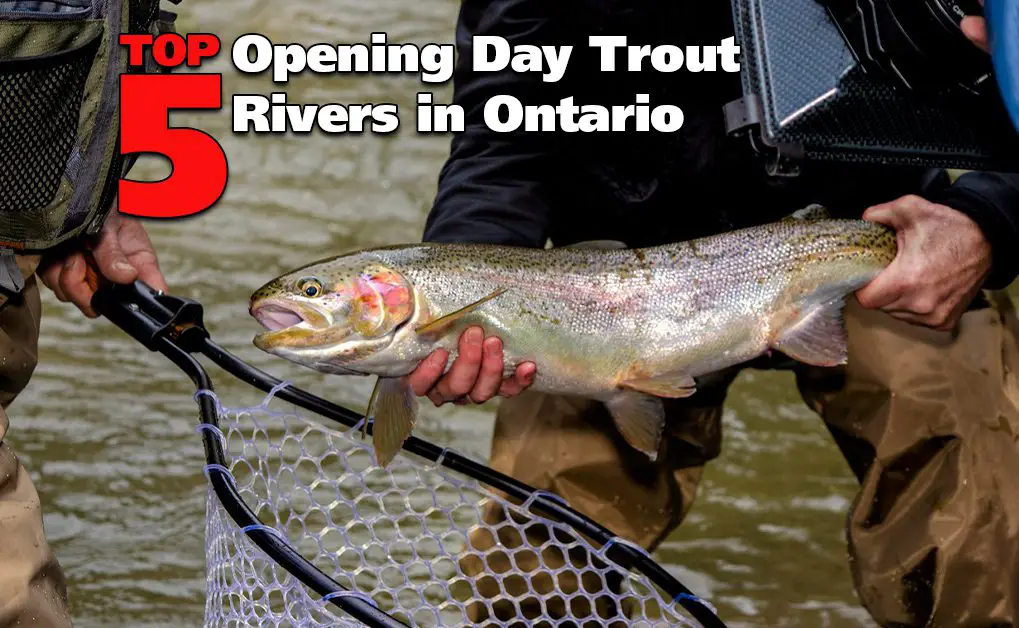
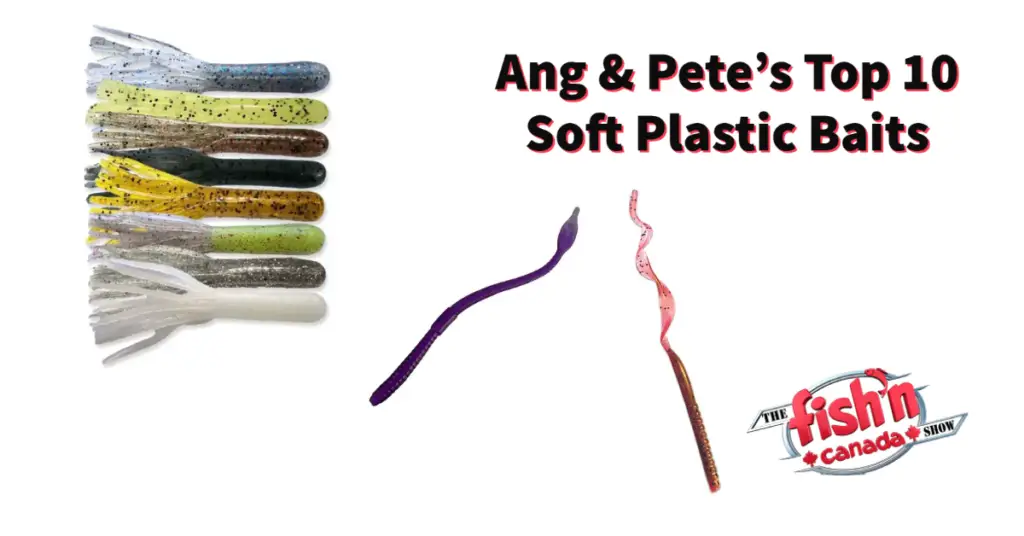


One Response
good stuff